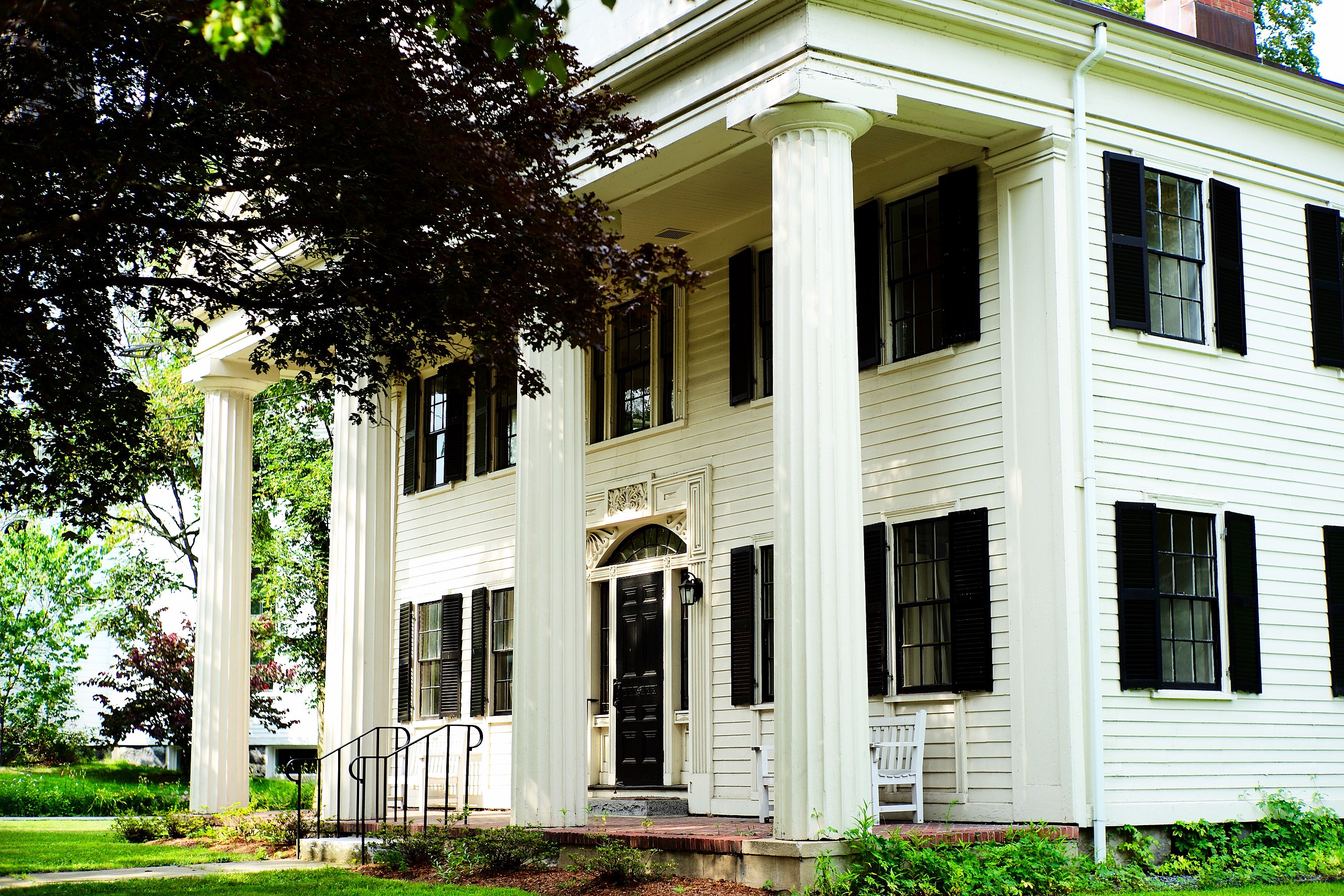The Stone Building was built in 1833 by Eli Robbins, a civic leader in East Lexington, to serve as a lyceum lecture hall and residence. The Lyceum was an early form of adult education that became popular in the 1830s. Lyceum lectures at first avoided political talks, but by late 1840, leaders in the Abolition movement, excluded from speaking elsewhere in town, spoke here including Theodore Parker, Charles Sumner [and Lucy Stone].
In 1835, the Lyceum Hall became the site of religious services for the residents of East Lexington, led first by Charles Follen and subsequently by Ralph Waldo Emerson and others until the neighboring Follen Church was completed in 1839. The Stone Building also served as a residence for a number of individuals, including Ellen Stone, who sold the building to the Cary Library in 1892. The building served as a branch library throughout the 20th century and into the 21st.
The Stone Building is listed on the National Register of Historic Places for its architectural merit as an example of Greek Revival architecture and for its association with the Robbins family and the development of East Lexington. The building’s exterior and the original lecture hall on the second floor are largely unchanged from their 19th-century appearance.
In 2007 a burst pipe caused interior damage and resulted in the closure of the branch library. A restoration and preservation report was prepared in 2009.
In 2022, the Stone Building Feasibility & Reuse Committee recommended returning the building to use as a “Modern Day Lyceum” focused on the social issues of the times, such as Diversity, Equity and Inclusion, incorporating historic and intercultural elements.
Today, the Lexington Lyceum Advocates are working to build a modern Lexington Lyceum and History Learning Center at the renovated Stone Building, honoring its rich history while exploring connections to contemporary social justice.
Excerpt from Stone Building Feasibility / Re-Use Committee | Lexington, MA (lexingtonma.gov)
Photo credit: Wikimedia

